Discover insights, tips, and stories from the skies — from aircraft buying guides to pilot training.

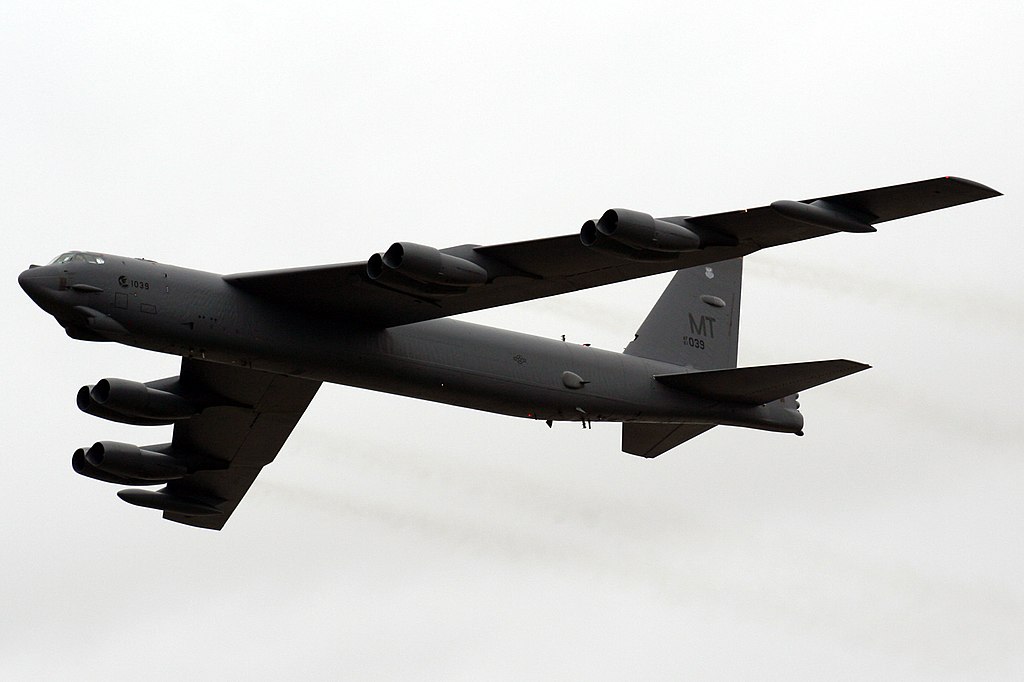
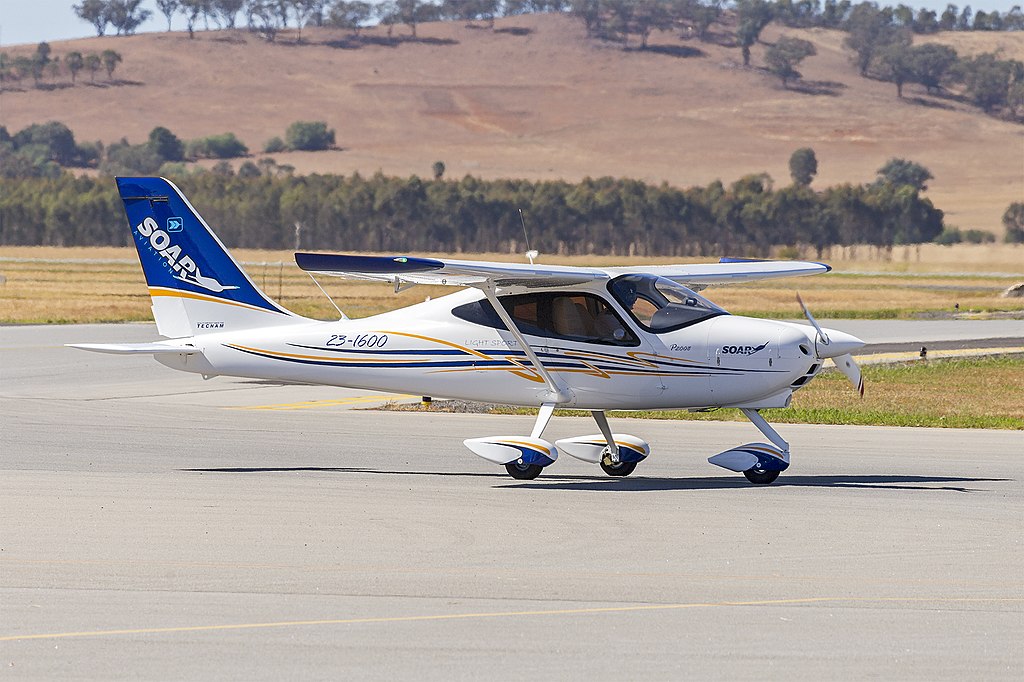
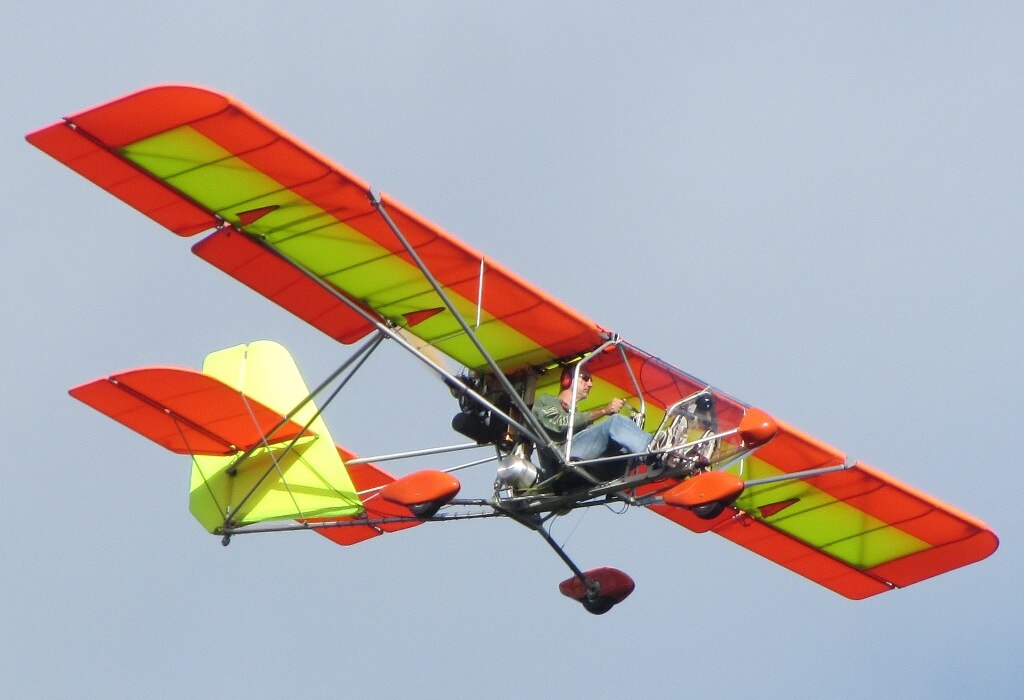
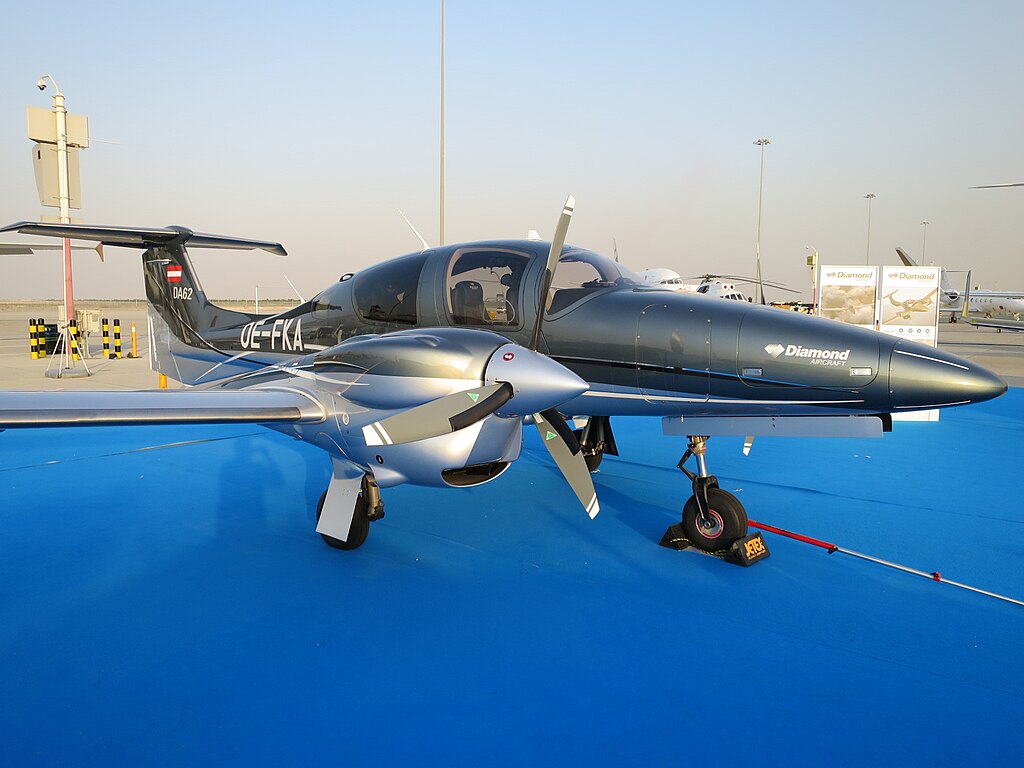
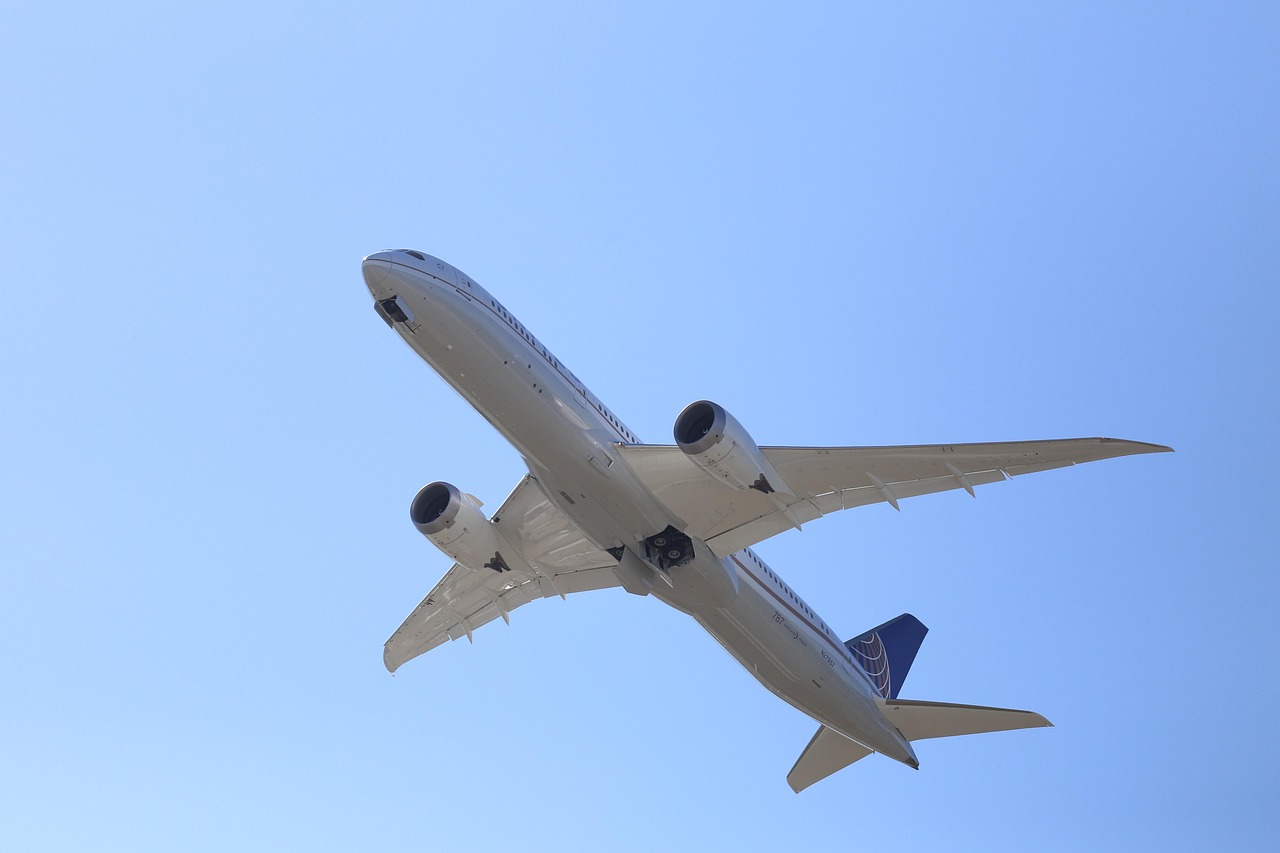
Published: July 24, 2025
If you’ve ever flown long-distance or just love planes, you’ve probably heard of the Boeing 787 Dreamliner and the Airbus A350 XWB. They’re two of the best long-haul jets in the world right now—but which one’s better?
Both aircraft are super advanced, built for comfort, fuel savings, and long-distance travel. But they’re also pretty different when you look closer. So in this guide, we’ll walk you through it all—performance, passenger comfort, efficiency, and more. By the end, you’ll have a solid feel for the differences between the 787 vs A350 and which jet might suit your airline, your route, or even your next trip.
Let’s start with why people love these two jets. And as someone who deals with airlines every day, I can tell you—they’re popular for good reason.
Both the Boeing 787 Dreamliner and Airbus A350 XWB were made for long haul flights. We’re talking thousands of miles without refueling. The Boeing 787 range goes up to around 7,565 nautical miles, and the A350 can stretch even farther depending on the model.
These aircraft use composite materials—lots of carbon fiber—to keep things light, strong, and fuel efficient. That’s a big part of the composite aircraft comparison we help clients consider.
You’d be surprised how many passengers come back and say, “That flight just felt better.” That’s no accident. Both jets are known for smoother rides, bigger windows, quieter cabins, and better air pressure. When we talk about passenger comfort 787 A350 differences, both planes score well—but the A350 has a slightly wider cabin, so there's a bit more space in economy.
This one’s huge. Airlines love both for their fuel numbers:
And lower fuel burn means lower costs—and fewer emissions.
Airlines also appreciate how flexible these jets are. Depending on your route and needs, either aircraft fits well into a modern airline fleet planning strategy. And long-term? The maintenance costs 787 A350 comparison leans toward big savings over older aircraft.
So yeah—when people ask about the best long haul aircraft, the 787 and A350 are almost always at the top.
Let’s talk specs. This is where things get technical—but I’ll keep it simple.
Both aircraft cruise at about Mach 0.85, which is fast and efficient for long trips.
RANGE COMPARISON:
Looking for more distance? The A350 wins on range.
When customers ask about fuel efficiency Airbus A350 vs 787, here’s what we usually say:
Both are champs in their own way.
Now let’s break down the 787 A350 seating capacity and cabin feel.
Need more space in economy? The A350 cabin width gives passengers about 18 inches per seat, while the 787 offers around 17. It’s a small difference, but one you might feel on a 10-hour flight.
This is where aircraft cabin comparison gets personal—it depends on what your customers care about most.
We also get specific matchups like:
These are the choices airlines weigh during a long haul jet comparison. And we’re here to help if you’re stuck between two strong options.
Now let’s get into the details. This part breaks down how the Boeing 787 and Airbus A350 are built, how they work, and what it’s like to fly them—whether you’re in the cockpit or in a seat.
The Boeing 787 specifications are all about smart design. The aircraft uses a lot of carbon fiber, which makes it lighter and more fuel-efficient. That’s a big win for long flights and lower costs.
You’ll find that the Boeing 787 cabin layout is flexible. Airlines can set it up with different seating options based on their needs, but most go for a 3-3-3 layout in economy.
The Airbus A350 specifications focus on performance and space. The A350 is slightly larger and offers more room for passengers.
The Airbus A350 cabin layout is typically set up with a 3-3-3 layout too, but with a bit more seat width—especially in economy.
Let’s talk comfort. Because let’s be honest, that matters a lot—especially on long flights.
In economy, the difference comes down to seat width and space.
Now, if you're flying business class—this gets exciting.
So what’s the full 787 vs A350 comfort picture?
In short, both are comfortable, but the A350 may feel a little more open.
Now let’s talk about how these jets perform in the sky and on the balance sheet.
Here’s how far they go:
When we look at 787 vs A350 fuel burn, it depends on the route.
Either way, both jets are a major improvement over older models and are considered part of the new generation aircraft market.
When we talk about the quietest long haul aircraft, both are top choices. The 787 has a very quiet engine system and special noise-reducing materials. The A350 is also known for how calm and quiet the cabin feels during flight. It’s a close call!
Let’s compare dimensions:
We touched on this earlier, but here’s a quick review:
In terms of layout:
This is one pilots love to talk about.
Both cockpits are easy to work with and represent some of the best in modern aviation.
Running an aircraft isn’t cheap, so airlines care a lot about fuel, maintenance, and flexibility.
So from an airline’s view—A350 vs 787 for airlines—the choice depends on route network, budget, and seating plans. Some go for the A350 because of range and size. Others choose the Dreamliner for efficiency and cost control.
It’s a classic Boeing vs Airbus widebody decision. Both are fantastic jets. And when we do a widebody aircraft comparison, these two always lead the pack.
Let’s wrap this section up. The A350 vs Dreamliner debate comes down to priorities.
Both offer excellent long-haul aircraft performance and a smooth experience for passengers and crew. And as carbon fiber aircraft, they’re both shaping the future of travel.
So, which is better A350 or 787? Honestly—it depends on your goals.
If you want more range and a wider cabin, the A350 might be your pick. If you’re focused on fuel savings and flexibility, the 787 could be a better fit. There’s no wrong choice here—both jets are leaders in the sky.
Need help choosing the right model for your operation, or just want to talk shop? We’re here to help. At Flying411, we make aircraft decisions simple.
They’re both designed for long haul flights—perfect for crossing continents and oceans.
Yes! Many say the A350 feels roomier, while the 787 is super quiet and smooth.
The 787 tends to cost a bit less on fuel for medium routes, but both are more efficient than older jets.
Both are modern, but the A350 came out after the 787 and includes some updated systems.
Yes, both aircraft can work for large and mid-size airlines, especially on international routes.